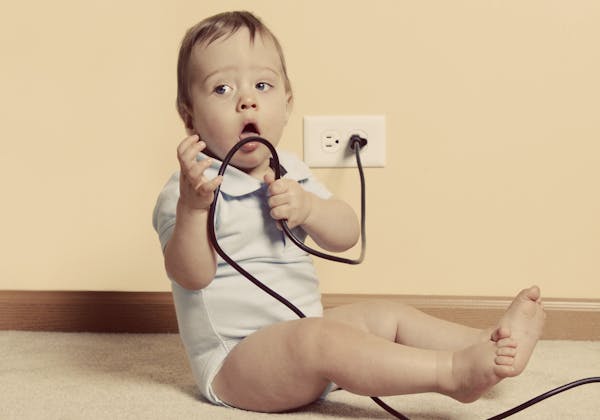How did baby boomers go from a damn-the-torpedoes childhood to adult disciples of gung-ho protection?
We didn't know any better at the time, said Alex Fillip, a spokesman for the Consumer Product Safety Commission. And once we found out, it scared the living daylights out of us.
"We — and I say 'we' being one [a baby boomer] — all had a classmate who was missing a finger," he said. "But we didn't think anything of it" because we didn't realize that there were kids all over the country who had been injured while playing with firecrackers or other dangerous things.
The dawn of the information age changed all that.
"The Internet arrived," he said. "It's not that we were stupid then or that we're getting smarter now, it's the visibility" that the dangerous behavior started to get.
It's no coincidence that the safety commission, created by Congress to "protect the public against unreasonable risks of injuries and deaths associated with consumer products," was launched in 1972, a time at which the first baby boomers were becoming parents.
When we learned that lawn dart mishaps were sending a thousand people a year to the hospital, we vowed that we'd never let our kids play with them. When we heard that toy electric irons were starting fires, we banned them from the house. When news surfaced about head injuries from bike falls, we demanded that our youngsters get helmets.
And those protective urges continue. The safety commission maintains a website, www.saferproducts.com, that includes more than 20,000 reports about dangerous products. The search engine enables users to fill in the name or type of product — everything from pogo sticks to washing machines — to see if it's been the subject of a recall.
"Anybody can look up anything," Fillip said. "And a lot of people are using it."
Jeff Strickler
Phish fans are famously dedicated. What happens when they enter the Sphere?
Minneapolis will bid to host Sundance Film Festival

Icehouse on Eat Street in Mpls. facing eviction for unpaid rent

